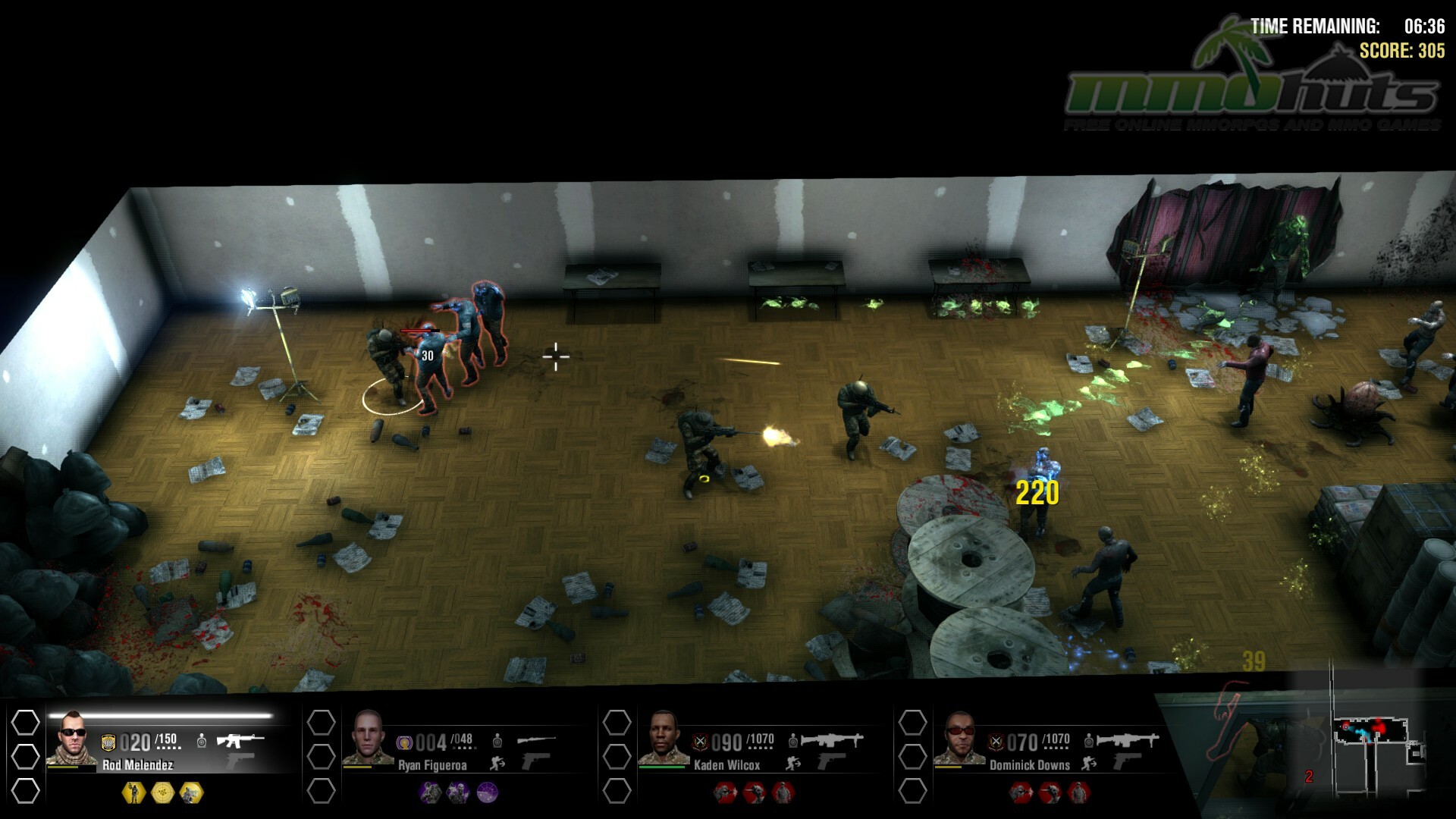

Ian Harding, an orthopaedic consultant at North Bristol NHS Trust, says it will be ‘interesting to see the results’, adding: ‘Ongoing degeneration of a disc and further herniation are as-yet unsolved potential problems that can occur after disc herniation.’Ī ten-minute procedure using tiny synthetic balls to ‘bulk up’ spinal discs that have shrunk with age could ease back pain. Researchers will use MRI scans to assess the quality of disc tissue six months after the treatment.
BREACH AND CLEAR DEADLINE HOW LONG TO BEAT TRIAL
In the trial at Hokkaido University Hospital, patients will undergo standard surgery to remove the bulging disc material before doctors inject 2ml of the gel into the remaining space using a syringe.Īnimal studies at the same hospital found that not only did the gel lower the risk of subsequent herniation, but it also acted as a scaffold around which new disc tissue grew. The gel, known as UPAL, is made from highly purified seaweed by a specialist company in Japan. It’s thought that new cells are attracted to the gel because its structure is similar to that of the pulp in the centre of discs.

This not only fills the space left after the discectomy - preventing further herniation - but has also been designed to stimulate the growth of new tissue, preventing more disc degeneration. The idea behind the new treatment is to replace the removed tissue with the purified gel based on alginate found in seaweed. But this can weaken the disc, making it more prone to collapse and herniate again.įurthermore, poor blood supply limits the ability of the disc pulp to regenerate and fill the space, which can ultimately cause the spine to curve and shrink. Here, the part of the bulging disc tissue pressing on a nerve is removed under a general anaesthetic. Painkillers and physiotherapy can be helpful, but in more severe cases an operation known as a discectomy is needed. The water content of discs declines with age and they become less pliable and shrink, increasing the space between the vertebrae - all of which makes the discs more prone to slipping. This squeezes nearby nerves, triggering pain and inflammation, and possibly numbness and weakness in the legs.Ī slipped disc is most often caused by age-related wear and tear. When a disc slips, or herniates, the centre pushes through the ring, causing the disc to bulge.

Animal studies have shown that, once injected into a damaged disc in the back, the gel hardens in less than five minutes A gel made from natural seaweed is currently being tested on patients as a treatment for slipped discs.


 0 kommentar(er)
0 kommentar(er)
